Magnus Purple Coneflower - Prairie Gardens
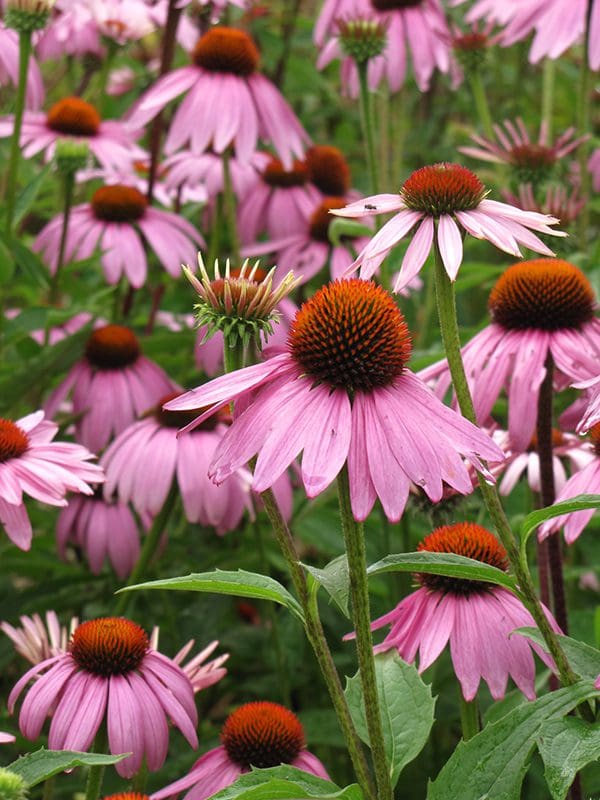
Coneflowers have a daisy shaped bloom, and is a sun-loving perennial. The Magnus Purple is an award winner. The bloom is large in size, deep-pink in color, and has petals that are held out from the conical centre in a flat manner, rather than drooping like most other coneflowers. In addition to the beautiful petals the Magnus Purple Coneflower has an orange-brown conical centre. These blooms are atop tall stems, and with foliage that is dark green and pointed in shape. This variety is noteworthy because of its long lasting blooms and its tolerance of almost everything. Excellent as cut or dried flowers, but if the flower heads are not removed in the Fall, the blackened cones will be fed on by birds. This is a perfect flower choice for beds, borders, massed, or to put in wildflower gardens. Also known as Echinacea, which has been cultivated since the 1700s, both in North America and Europe. It is used commonly as treatment and medicine, and is easily grown since they thrive on neglect. Ideal choice for shrub borders, perennial beds, ground covers, or in containers. The best time to plant Daylilies is during early Fall or early Spring. After flowering, remove spent blooms. When all the flowers are finished, cut off the scape close to ground level. Remove dead foliage as they die back in the Fall.
Coneflowers have a daisy shaped bloom, and is a sun-loving perennial. The Magnus Purple is an award winner. The bloom is large in size, deep-pink in color, and has petals that are held out from the conical centre in a flat manner, rather than drooping like most other coneflowers. In addition to the beautiful petals the Magnus Purple Coneflower has an orange-brown conical centre. These blooms are atop tall stems, and with foliage that is dark green and pointed in shape. This variety is noteworthy because of its long lasting blooms and its tolerance of almost everything. Excellent as cut or dried flowers, but if the flower heads are not removed in the Fall, the blackened cones will be fed on by birds. This is a perfect flower choice for beds, borders, massed, or to put in wildflower gardens.
Also known as Echinacea, which has been cultivated since the 1700s, both in North America and Europe. It is used commonly as treatment and medicine, and is easily grown since they thrive on neglect.
Ideal choice for shrub borders, perennial beds, ground covers, or in containers. The best time to plant Daylilies is during early Fall or early Spring. After flowering, remove spent blooms. When all the flowers are finished, cut off the scape close to ground level. Remove dead foliage as they die back in the Fall.
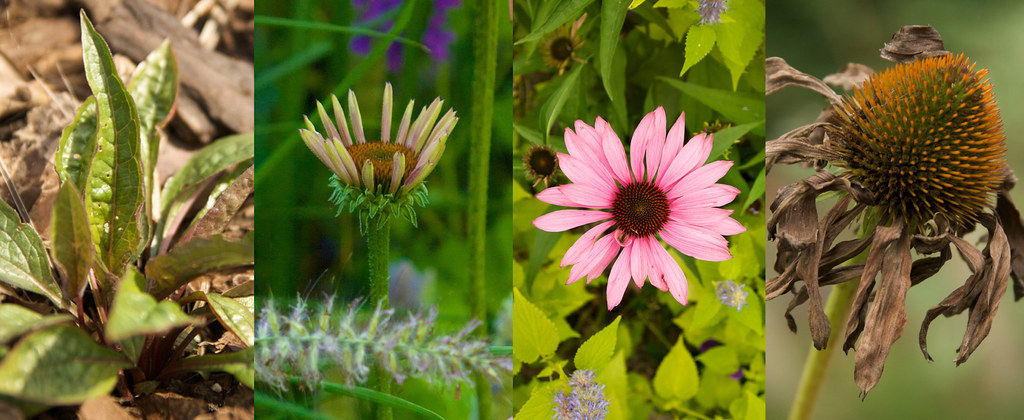
Rhone Street Gardens: A Year in the Life - Echinacea 'Prairie Splendor

How to Grow and Care for Coneflowers (Echinacea)
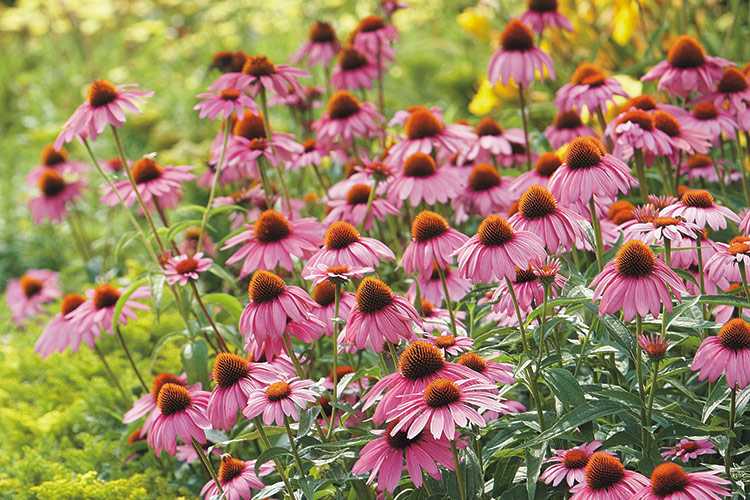
Coneflower Growing Guide
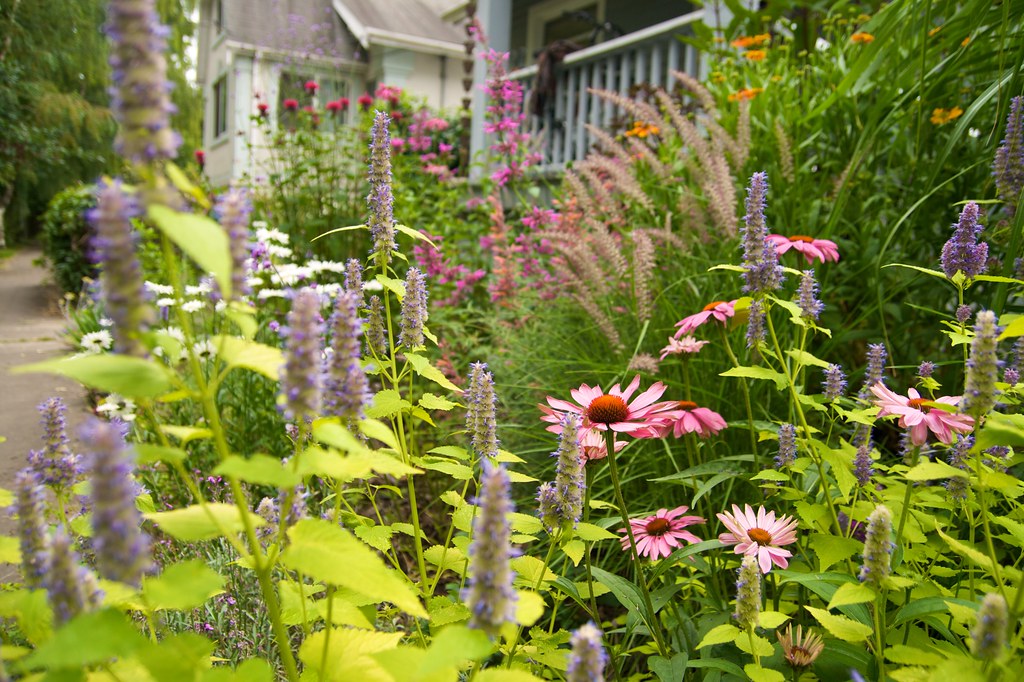
Rhone Street Gardens: A Year in the Life - Echinacea 'Prairie Splendor
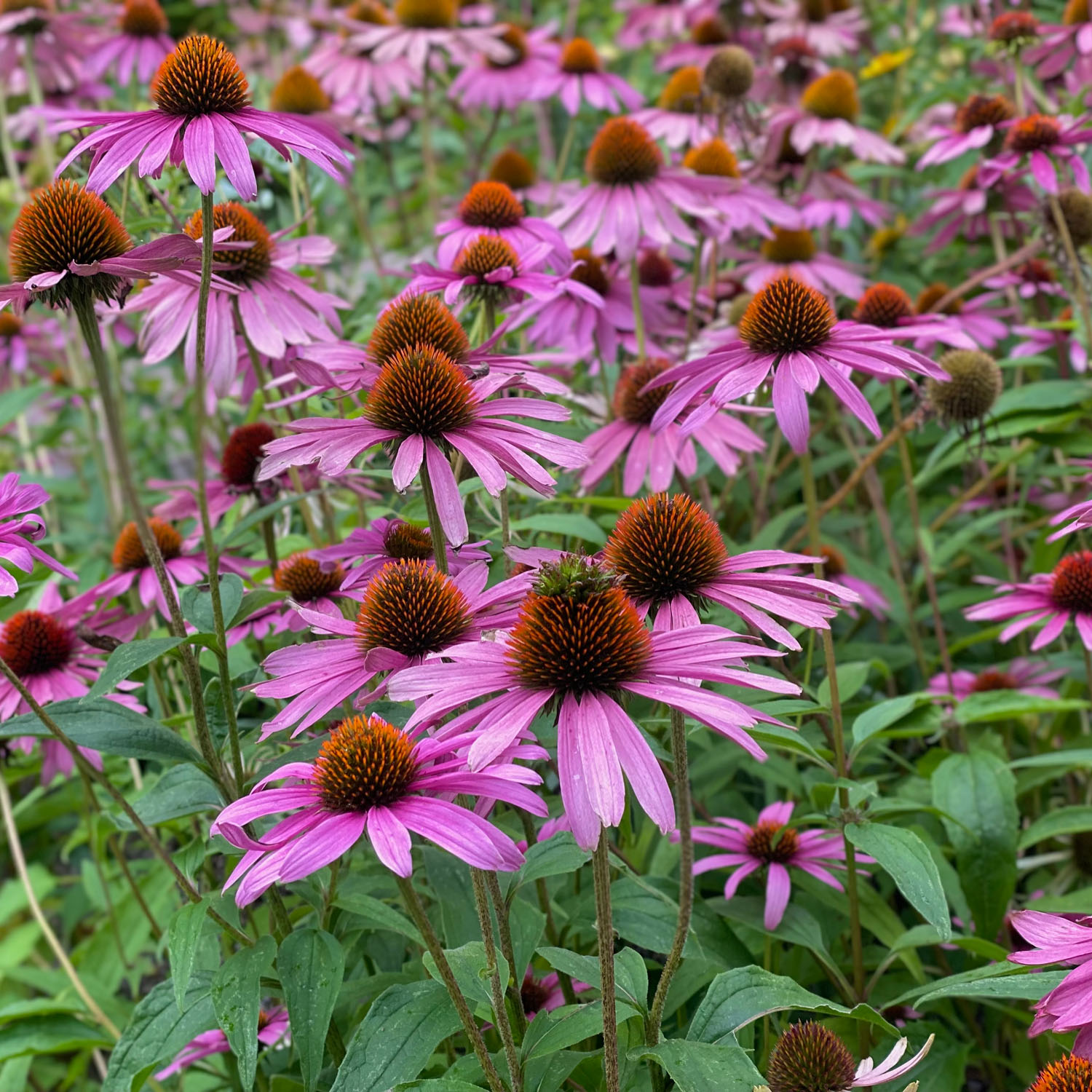
Purple Coneflower Echinacea Purpurea Magnus Garden Flower With Drought Tolerance
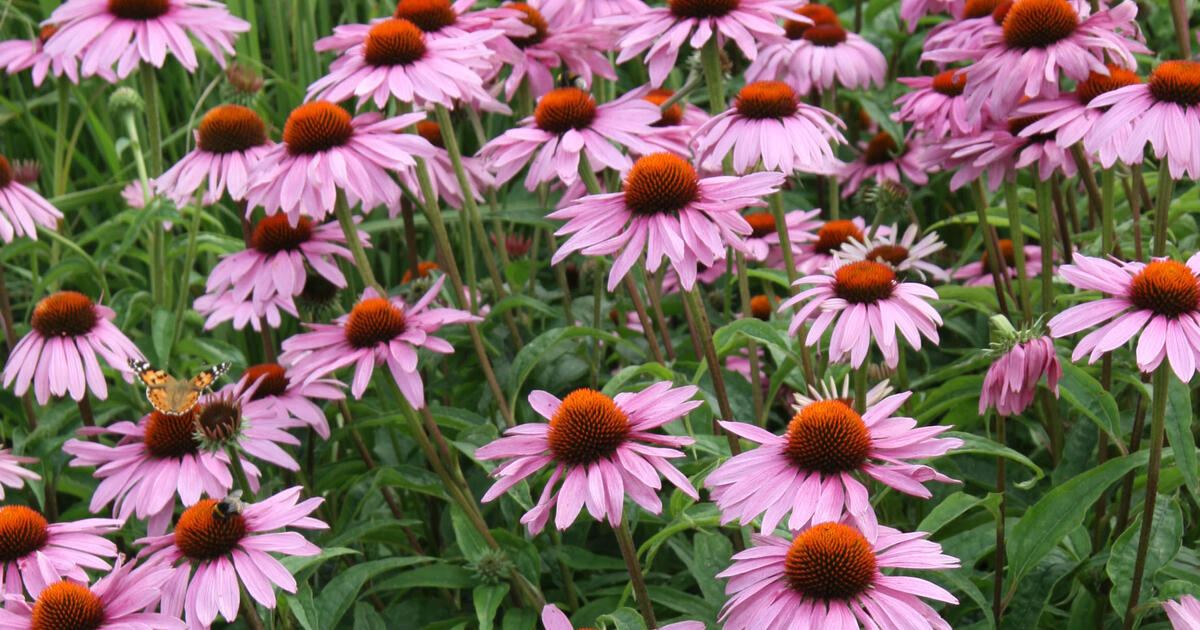
Planting, caring for purple coneflower (Echinacea purpurea)

Gardening 101: Coneflower - Gardenista

Magnus Purple Coneflower, Echinacea purpurea Magnus

Echinacea 'Magnus' (Coneflower) - Cavano's Perennials
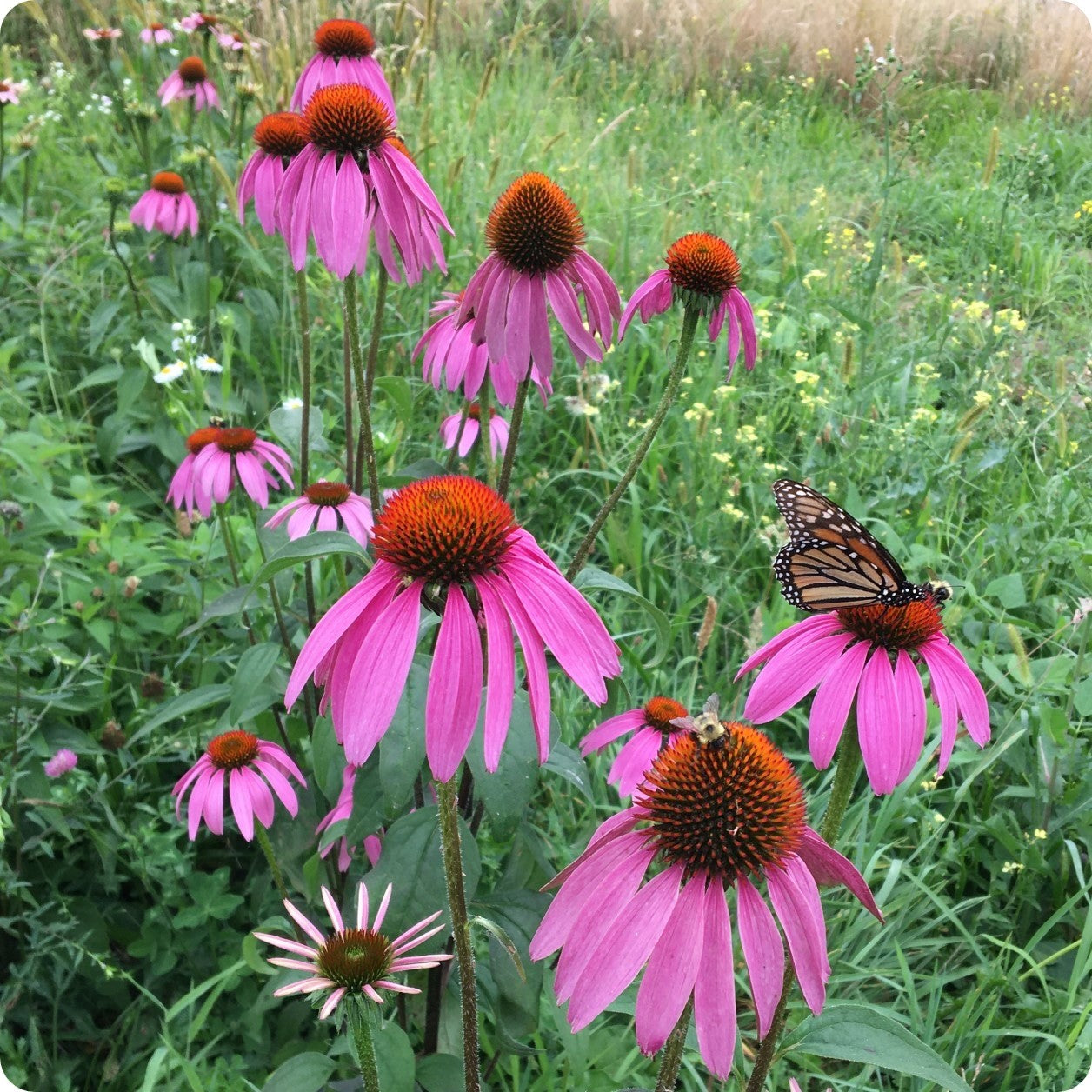
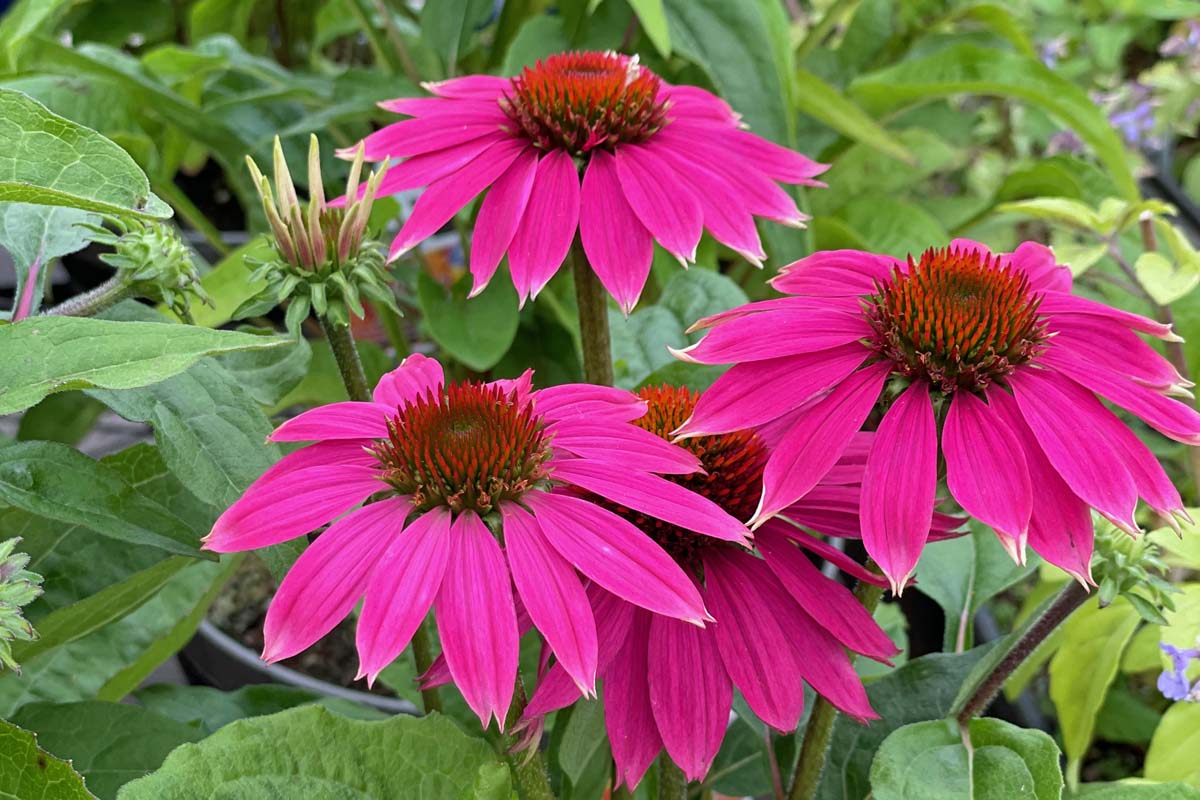

.jpg?width=487&height=487&mode=crop&bgcolor=fff)



